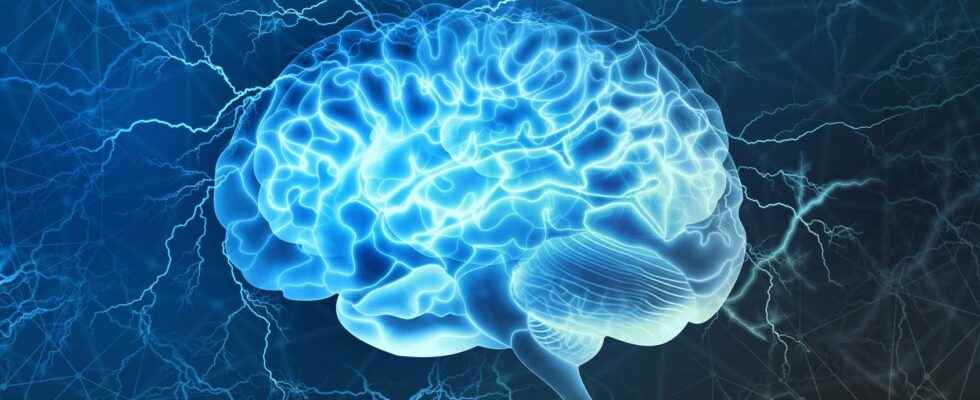Humans are characterized by a brain imposing in relation to their size, and very rich in neurons. In comparison with that of gorillas and chimpanzees, our close cousins, it is three times bigger. Researchers have long been interested in this human peculiarity. Why is our brain so big? Researchers at the University of Cambridge, England, have discovered the developmental mechanisms that differentiate the brain of humans from that of great apes and explain its large size.
This research was possible thanks to organoids, a three-dimensional cell culture that is close to the organization of a tissue livewhich replicate the early stages of brain development. Their work has been published in Cell.
The time of cell transformation
Early in the formation of the brain, even before neurons appear, there are neuroepithelial cells. Those stem cells proliferate very early in the development of theembryo and transform into radial glia, which will form most of the neurons and glial cells in the brain. In monkeys and humans, the transformation of neuroepithelial cells takes several days. They gradually change shape, especially on the apical side, and go from a symmetrical division to a division asymmetric. This long process implies that there are cells in transition, which are no longer neuroepithelial cells, but not yet quite radial glia.
In great apes, these transient cells appear on the fifth day of development, whereas it is on the eighth day in humans. This late transformation allows neuroepithelial cells to proliferate longer. They are therefore more numerous and on the tenth day, when the radial glia are formed, they are more numerous in the human organoids than in those of the great apes.
ZEB2, the big brain transcription factor
What is responsible for this small delay in brain development in humans? Researchers have identified it, it is a factor of transcription called ZEB2. The importance of the latter in the embryonic development of the brain is already known because its alteration or mutation is the cause of a congenital disease, Mowat-Wilson syndrome. This transcription factor is responsible for the transition between neuroepithelial cell and radial glia.
By modifying the expression of ZEB2 in the organoids, the researchers succeeded in changing their phenotype. Human organoids became similar to those of great apes when ZEB2 acts from the fifth day and, conversely, great ape organoids take the form of that of a human, when ZEB2 acts from the eighth day. This small difference is at the origin of the expansion and the imposing size of the human brain in comparison to that of the great apes.
In addition to the workshops offered throughout France by the Society of Neurosciences, at the origin of Brain Week, Futura highlights the latest scientific advances concerning our ciboulot. Cognition, psychology or even unusual and extraordinary stories, a collection ofitemsof questions answers and of podcast to be found all this week under the tag ” brain week » and on our social networks!
Interested in what you just read?
